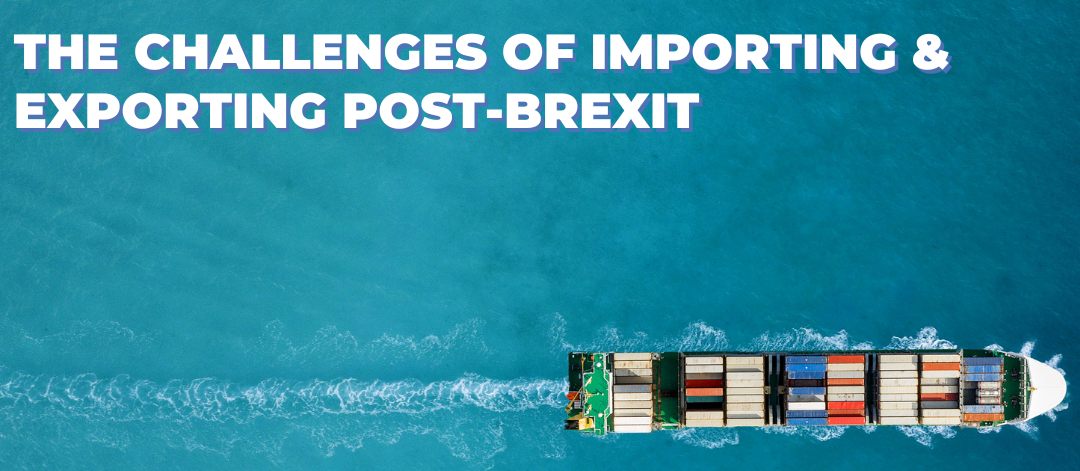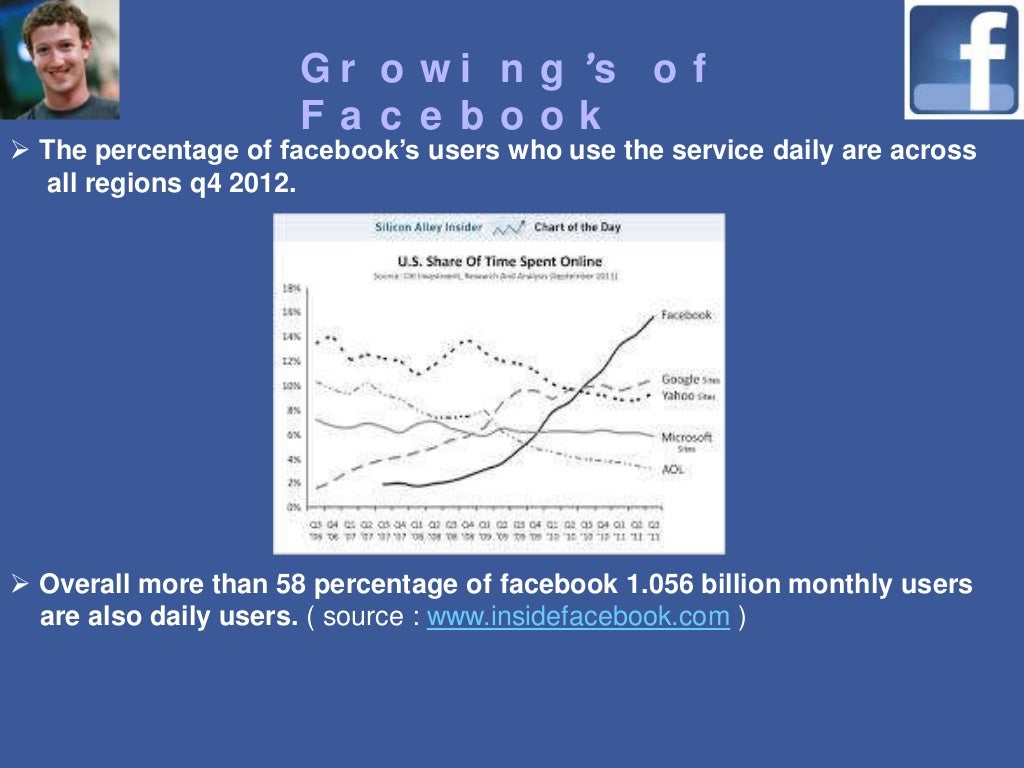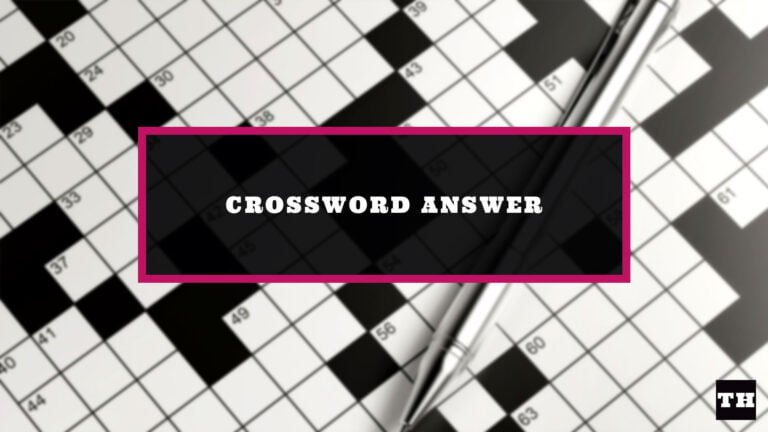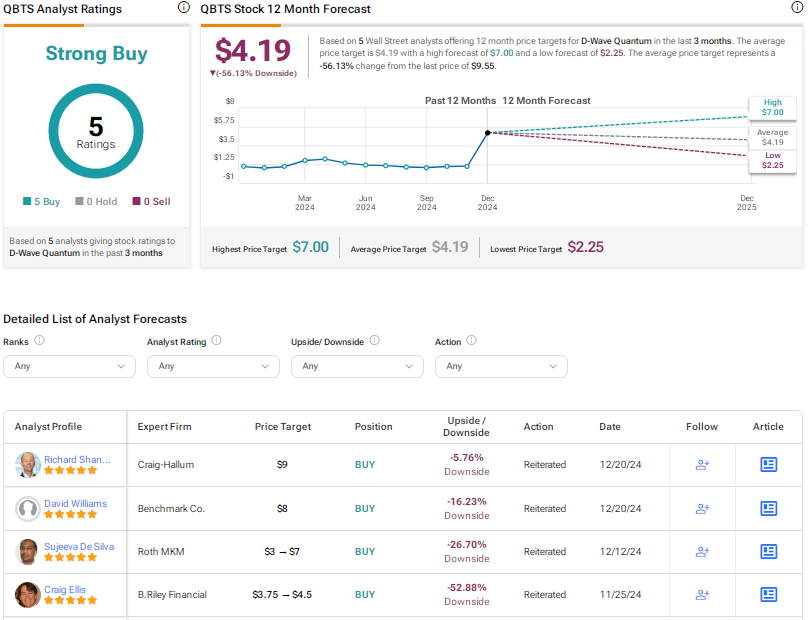Post-Brexit Challenges For UK Luxury Exporters To The EU

Table of Contents
Increased Customs Procedures and Border Delays
The complexities of new customs declarations represent a major post-Brexit hurdle for UK luxury exporters. Previously, the free flow of goods between the UK and the EU simplified the process. Now, detailed customs declarations are required for each shipment, significantly increasing the administrative burden. This translates to:
- Increased paperwork and administrative burden: Exporters must now provide extensive documentation, including commercial invoices, packing lists, certificates of origin, and potentially other specific attestations depending on the nature of the luxury good. This adds to processing time and operational costs.
- Longer processing times at customs: Increased paperwork and stricter scrutiny lead to longer clearance times at EU borders. This impacts just-in-time delivery models, which are crucial for many luxury businesses relying on precise scheduling and timely delivery.
- Risk of goods being held up at the border: Delays can occur due to incomplete or incorrect documentation, leading to costly storage fees and potential damage to perishable or time-sensitive luxury goods.
- Higher costs associated with customs brokerage: Many exporters now rely on customs brokers to navigate the complexities of import/export procedures. This increases overall costs.
- The need for specialized customs expertise: Understanding the nuances of post-Brexit customs regulations requires specialized knowledge and training, demanding increased investment in personnel or external consultancy. Understanding HS codes and accurate declaration is paramount to avoid penalties.
New Tariff and VAT Regulations
The introduction of tariffs and changes in VAT regulations have significantly impacted the profitability of exporting luxury goods from the UK to the EU. The previously duty-free trade is no longer guaranteed. This has resulted in:
- Increased costs due to tariffs and import VAT: Luxury goods are often subject to significant tariffs, adding considerably to the final cost and reducing profit margins. Import VAT further increases the overall expense.
- Complex VAT registration requirements in different EU countries: Depending on the value and nature of the transaction, exporters might need to register for VAT in each EU member state they sell to, increasing the administrative and compliance burden.
- Challenges in reclaiming VAT on exports: The process of reclaiming VAT on exported goods has become more complex, adding another layer of administrative work and potential delays in recovering funds.
- Potential for increased pricing and reduced competitiveness: The added costs associated with tariffs and VAT may necessitate increased pricing for luxury goods, potentially reducing competitiveness against producers within the EU.
Supply Chain Disruptions
Brexit has caused significant disruption to established supply chains for UK luxury exporters. The smooth flow of goods, previously taken for granted, is now significantly more challenging. This translates to:
- Increased transportation costs and transit times: Border checks and increased documentation add to transportation times and costs, impacting delivery schedules and potentially increasing the risk of damage or loss during transit.
- Difficulty in sourcing raw materials and components from the EU: Many luxury goods rely on raw materials or components sourced from within the EU. Brexit has created additional complexities and increased costs in procuring these materials.
- Risk of stock shortages and production delays: Supply chain disruptions can lead to delays in production and potential stock shortages, impacting the ability to meet customer demand.
- The need for robust and adaptable supply chain management strategies: UK luxury exporters need to develop more resilient and flexible supply chain strategies to mitigate the risks associated with Brexit. This might involve diversifying sourcing, building strategic stockpiles, and exploring alternative logistics routes.
Regulatory Compliance and Product Standards
Complying with EU product standards and regulations remains crucial for UK luxury exporters to avoid penalties and maintain access to the EU market. However, navigating the complexities of these regulations has become more demanding post-Brexit. This means:
- Increased costs associated with product testing and certification: Ensuring compliance with EU standards often requires extensive product testing and certification, leading to significant additional costs.
- Challenges in meeting diverse EU product standards: The EU has diverse product regulations across member states, which necessitates adapting products and packaging to meet varied requirements.
- The risk of products being rejected at the border due to non-compliance: Non-compliance with EU regulations can result in products being rejected at the border, leading to substantial financial losses and reputational damage.
- Need for expert advice on EU regulatory compliance: Navigating the complex regulatory landscape requires expert advice, demanding investment in legal and compliance professionals.
Conclusion
Post-Brexit, exporting luxury goods from the UK to the EU has become significantly more challenging. Increased customs procedures, new tariff and VAT regulations, supply chain disruptions, and stringent regulatory compliance requirements all pose significant hurdles for UK businesses. Understanding and proactively addressing these post-Brexit challenges is crucial for UK luxury exporters seeking to maintain their market share in the EU. Seek expert advice on navigating the complexities of Post-Brexit trade with the EU and ensure your business is well-prepared to overcome these obstacles and thrive in the changed market landscape.

Featured Posts
-
 Hollywood Shut Down Writers And Actors On Strike What It Means For The Industry
May 20, 2025
Hollywood Shut Down Writers And Actors On Strike What It Means For The Industry
May 20, 2025 -
 Mark Zuckerbergs Leadership In A Trumpian World
May 20, 2025
Mark Zuckerbergs Leadership In A Trumpian World
May 20, 2025 -
 All The Answers Nyt Mini Crossword May 9
May 20, 2025
All The Answers Nyt Mini Crossword May 9
May 20, 2025 -
 The D Wave Quantum Qbts Stock Drop On Monday Causes And Consequences
May 20, 2025
The D Wave Quantum Qbts Stock Drop On Monday Causes And Consequences
May 20, 2025 -
 6 Billion Investment Public Works Ministrys Coastal And River Defense Projects
May 20, 2025
6 Billion Investment Public Works Ministrys Coastal And River Defense Projects
May 20, 2025
